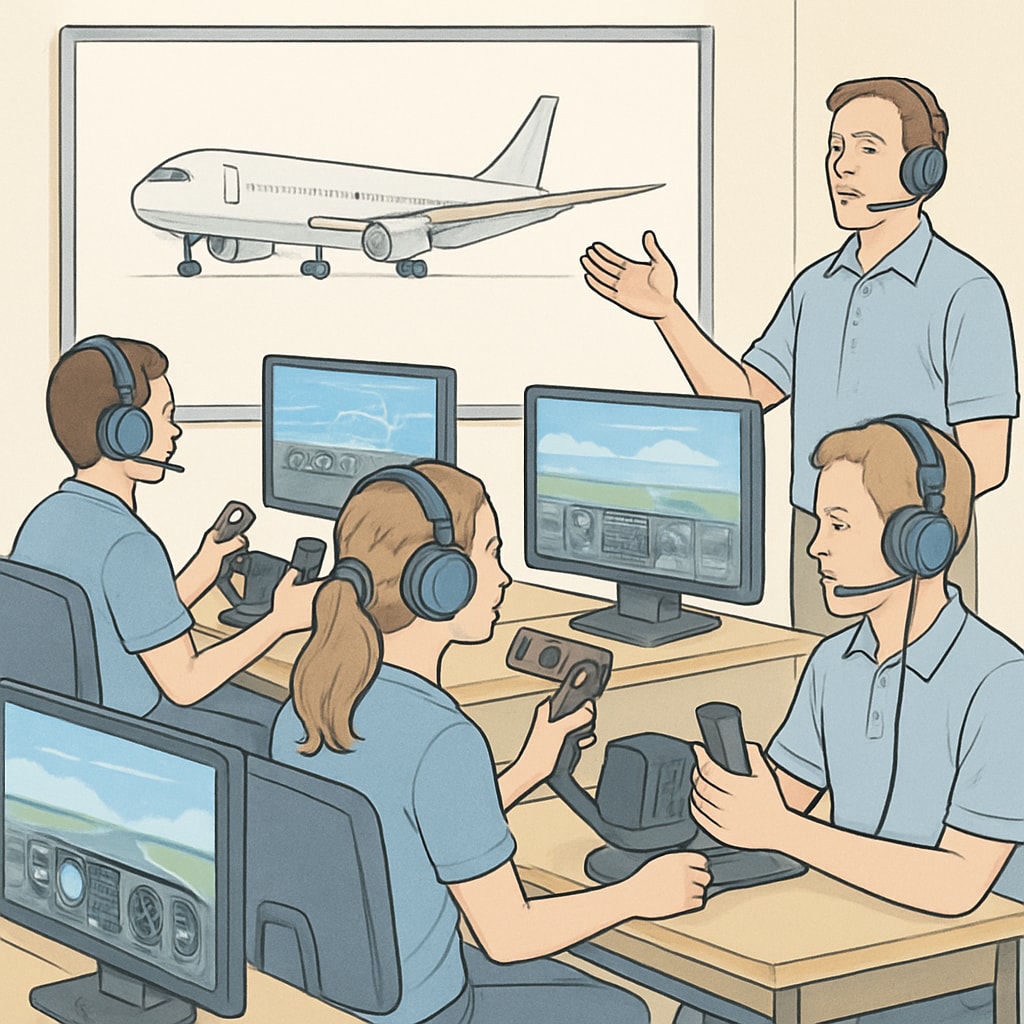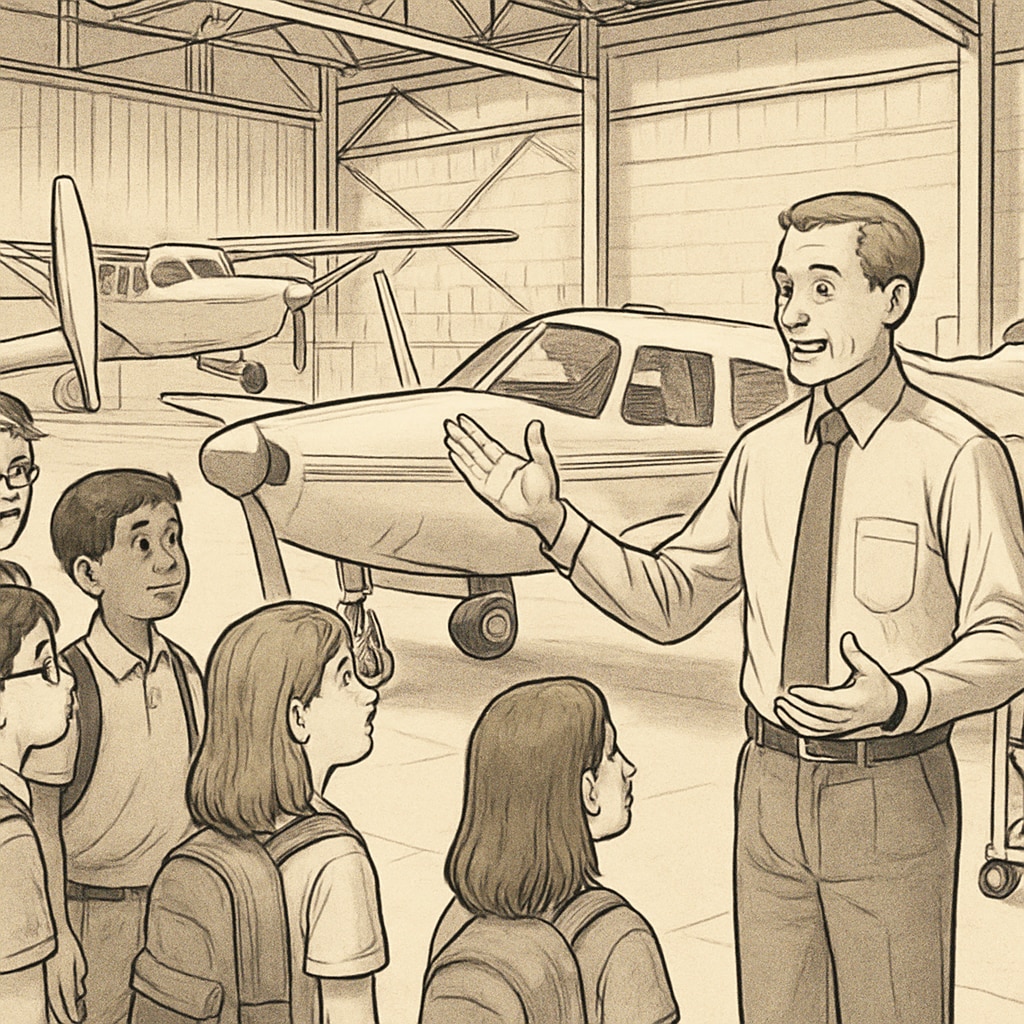The journey to becoming a professional pilot often begins with acquiring a Commercial Pilot License (CPL), which requires substantial investment in training and education. Flying licenses, funding support, and repayment commitments are critical components that can help young aviation enthusiasts pursue their dreams. However, identifying these resources early on—especially during the K12 education stage—can make a significant difference in setting students on the right path toward a career in aviation.
Early Exposure: Cultivating Interest in Aviation
K12 education is an ideal stage to introduce students to the fascinating world of aviation. Integrating aviation-related topics into school curricula can help spark curiosity and passion. Schools can incorporate themes such as aerodynamics, flight simulations, and the history of aviation into STEM (Science, Technology, Engineering, and Math) programs. For example, partnerships with local airports or flight schools can provide hands-on experiences such as field trips or workshops to inspire young minds.
Additionally, extracurricular activities like model aircraft building clubs or drone piloting lessons can further engage students and allow them to test their skills in a practical setting. These initiatives ensure that students not only develop technical knowledge but also gain insight into the responsibilities and challenges of a career in aviation.

Building a Support System: Schools, Families, and Communities
To nurture aspiring pilots, a collaborative support system involving schools, families, and communities is essential. Schools can offer scholarships or grants for students interested in pursuing aviation training. Meanwhile, families can encourage their children to explore aviation careers by supporting their extracurricular interests and helping them research available funding options.
Communities and local businesses can also play a key role. Many flight schools and aviation organizations provide sponsorship programs or financial aid to young students. Community fundraising events or mentorship programs can help connect students with industry professionals who can guide them through the process of obtaining a CPL.
Moreover, government or nonprofit initiatives focused on STEM education can provide additional resources, such as subsidized training programs or interest-free loans, which students can repay once they secure a stable income in the aviation industry.

Funding Solutions: Making Aviation Dreams Affordable
One of the biggest barriers to obtaining a CPL is the financial cost of training, which can range from tens of thousands to hundreds of thousands of dollars. However, innovative funding solutions can make this career path accessible to students from diverse backgrounds. Here are several approaches:
- Scholarships and Grants: Many aviation organizations, such as the Aircraft Owners and Pilots Association (AOPA), offer scholarships specifically for aspiring pilots. These can cover a significant portion of training costs.
- Loan Programs: Specialized loan programs for aviation students often come with repayment commitments tailored to their future income.
- Pay-As-You-Go Training: Some flight schools allow students to pay for training modules incrementally, reducing the upfront financial burden.
- Corporate Sponsorships: Airlines and aviation companies frequently sponsor pilot training programs in exchange for work commitments after graduation.
For students exploring funding options, it is crucial to understand repayment commitments, as these can range from income-based repayment plans to contractual obligations with sponsoring organizations. Transparency in these agreements ensures students can plan their careers effectively without unexpected financial stress.
The Role of Repayment Commitments in Aviation Careers
Repayment commitments are a practical way to secure funding for pilot training while ensuring students have manageable financial obligations after achieving their CPL. For example, income-based repayment plans adjust monthly payments according to the pilot’s earnings, making it easier to manage expenses during the early stages of their career.
Another common repayment model involves contractual agreements with sponsors or employers. Students who receive corporate funding may be required to work for the sponsoring company for a specified duration. While this model offers guaranteed employment, it’s important for students to carefully review the terms to ensure they align with their long-term career goals.
Ultimately, repayment commitments should be seen not as a financial burden but as an investment in a future filled with opportunities, allowing aspiring pilots to focus on honing their skills and building their careers.
Readability guidance: Use short paragraphs and lists to highlight actionable advice. Minimize technical jargon and ensure the content remains engaging for readers of varying expertise levels.


